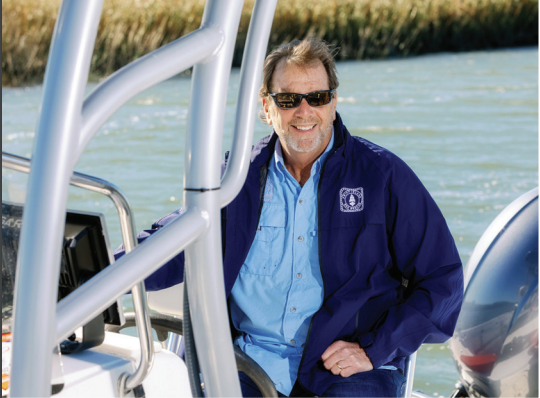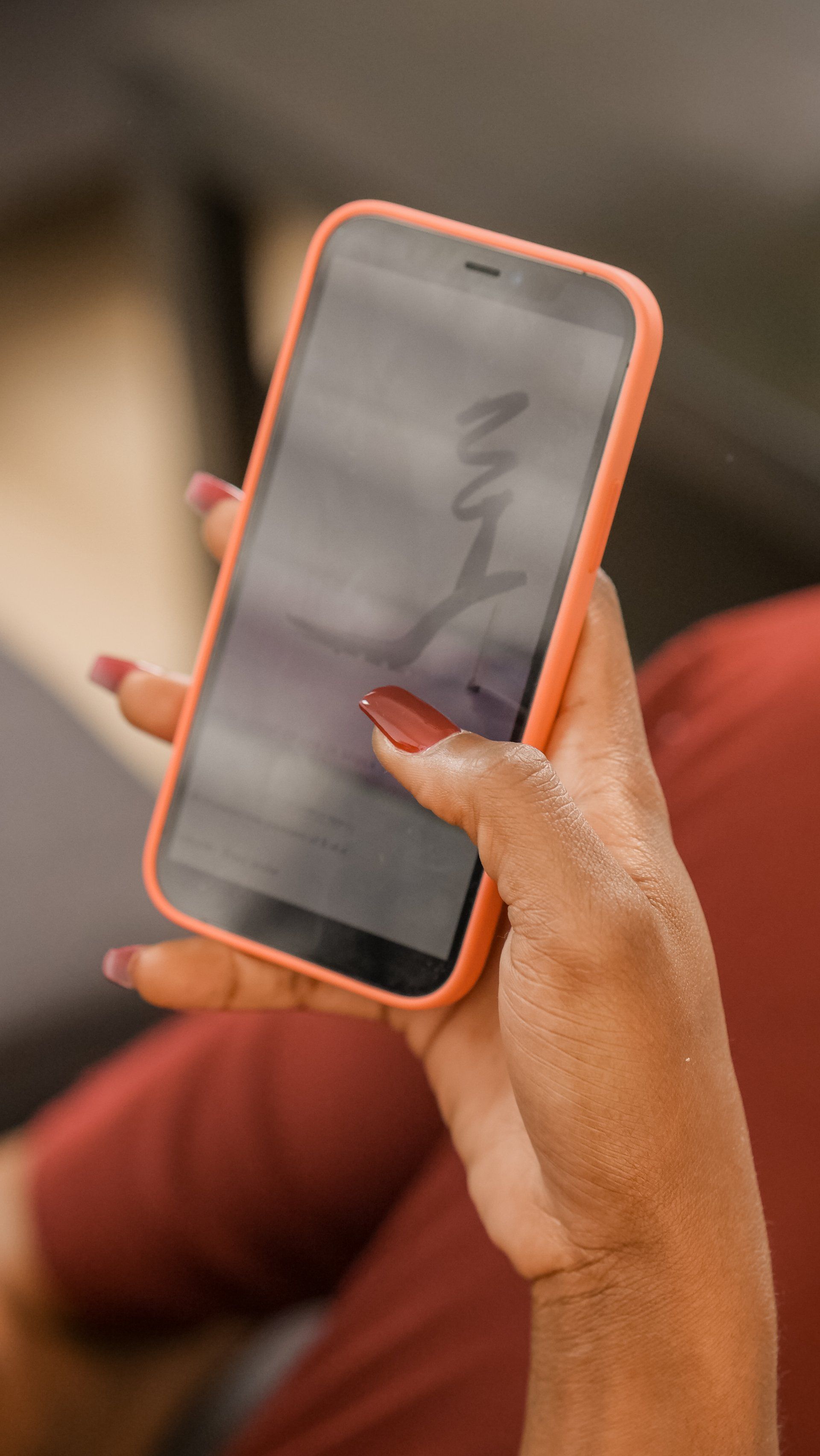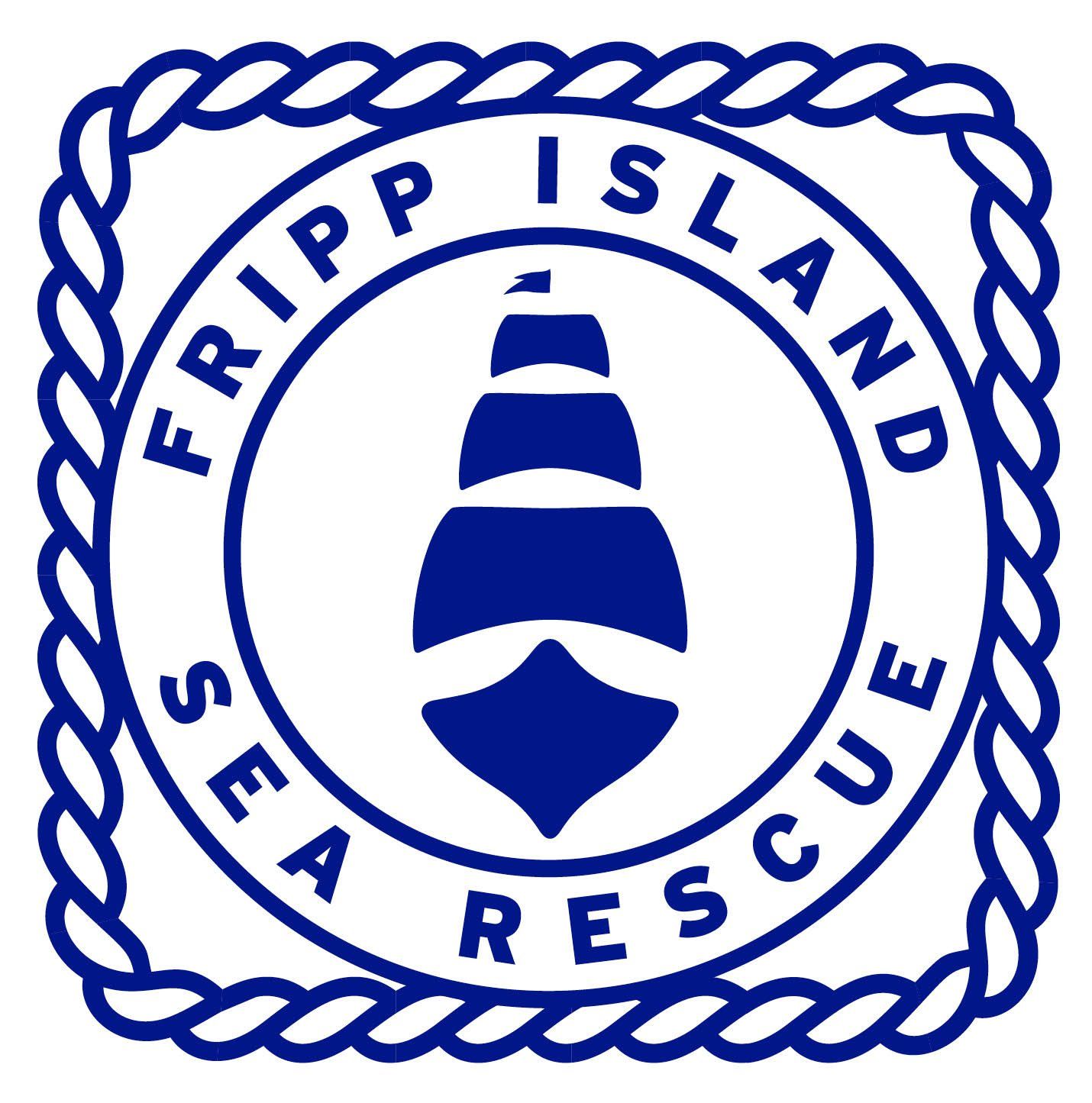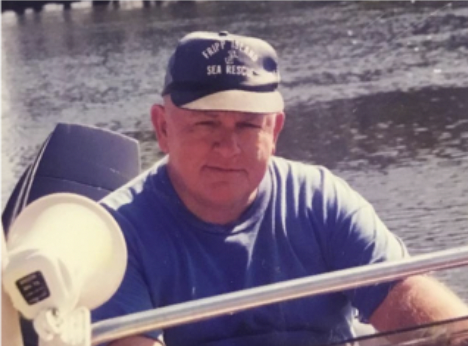Local Faces - Jimmy Myers
This Fripp Island Sea Rescue volunteer helps boaters and turtles in distress.
The sun was just coming up over one of the many small sandbars that poke out of the tide around Fripp Island, but already the dedicated turtle patrol knew there was a problem. There, out in the shallow surf of isolated Pritchards Island, a loggerhead sea turtle clearly was in distress. Stuck on the sand with a visible wound in her side, the turtle they later called Pluto was beached and dying. Moments later the cell phone was ringing in the home of Jimmy Myers. As a boat duty captain with Fripp Island Sea Rescue (FISR), Myers was on call to respond to rescue missions. His wife, Karen, made a quick check of the tide and the weather, then Jimmy was off as fast as his specially modified golf cart (complete with flashing lights) could go. “When you’re on a mission, seconds matter, and you need to move really fast,” he said. “As soon as the pager goes off, I get my ready bag and my radio, turn on the flashers and go.” Meeting his crew mate Scott Momburg at the Fripp Island Marina, the two raced to where Pluto was struggling to survive. “I don’t know much about loggerheads, but I fell in love with this turtle,” he said. “There was a lot of adrenaline, so we were able to carry the turtle the length of the beach and put it on the bow of the boat.” Now aboard Rescue One, a 22-foot Boston whaler, Pluto was whisked away across Skull Inlet to the waiting hands of additional turtle patrol and SCDNR agents on the south end of Fripp Island. From there the injured turtle was transported to Charleston’s Sea Turtle Care Center, where her rehabilitation began. “It was a nice example of multi-agency team work. We played a small part in it, but that’s what we do,” he said.
That’s putting it mildly. Not only does FISR serve as the first responder for stranded boaters and wildlife, it also helps the U.S. Coast Guard (USCG) with its mission of securing our shores. “They call us a force multiplier,” said Jimmy. Fripp Island Sea Rescue’s two boats, Rescue One and Rescue Two, are far more adept at handling the shallow draft of the area’s winding tidal creeks, making them an important resource of the USCG. Plus, Myers and the FISR team regularly serve as emergency response support during USCG helicopter pilot training. “They love us because they have to get so many hours of training, or they can’t fly. It’s a win-win for both organizations.” Jimmy Myers joined the 40-year-old volunteer organization four years ago, following a lengthy career in reinsurance. While he and his wife are more or less retired, it’s not a word they use. He continues to work at Fripp Island Resort as a golf cart attendant, while Karen is a first mate on the resort’s pontoon tour boat. “You retire from a career, but you don’t retire from life,” he said. “I wanted to give back, and I’ve always been very grateful to our first responders and the military. I was very lucky this came to me.”

How to save a life.
Jimmy Myers has received plenty of calls on the emergency pager, urging him to hop into a rescue boat and respond. But one in particular still lingers in his memory above all others. With the tide and the wind heading out, an elderly man had flipped his kayak off of Hunting Island and was being pulled offshore. “Our radio operator could hear the panic in the emergency phone call,” he said. “I didn’t have a good feeling about it.” With crewmate Katherine Samples, Myers took the helm and guided the boat through the breakers and sandbars that led out to where the man was fighting the current. “We can usually follow a Garmin track through the local waters, but in this case we were flying a little blind through breakers and sandbars. We were fortunate to have the fire department on land coaching me through the breakers.” When they finally cleared the waves, the man was nowhere to be found. He had floated out about a mile and a half into open waters. Thankfully a sliver of red could be seen in the distance. “If he had gone too much further, he would have floated out to sea,” said Myers. “He was clinging to his capsized kayak, his head was cut, he was exhausted, and the struggling was taking its toll.” In a burst of adrenaline, Myers was able to haul the man on board and bring him to safety. Later that year a card arrived in the mail. “I opened it up and it just said, thank you for saving my life.”



